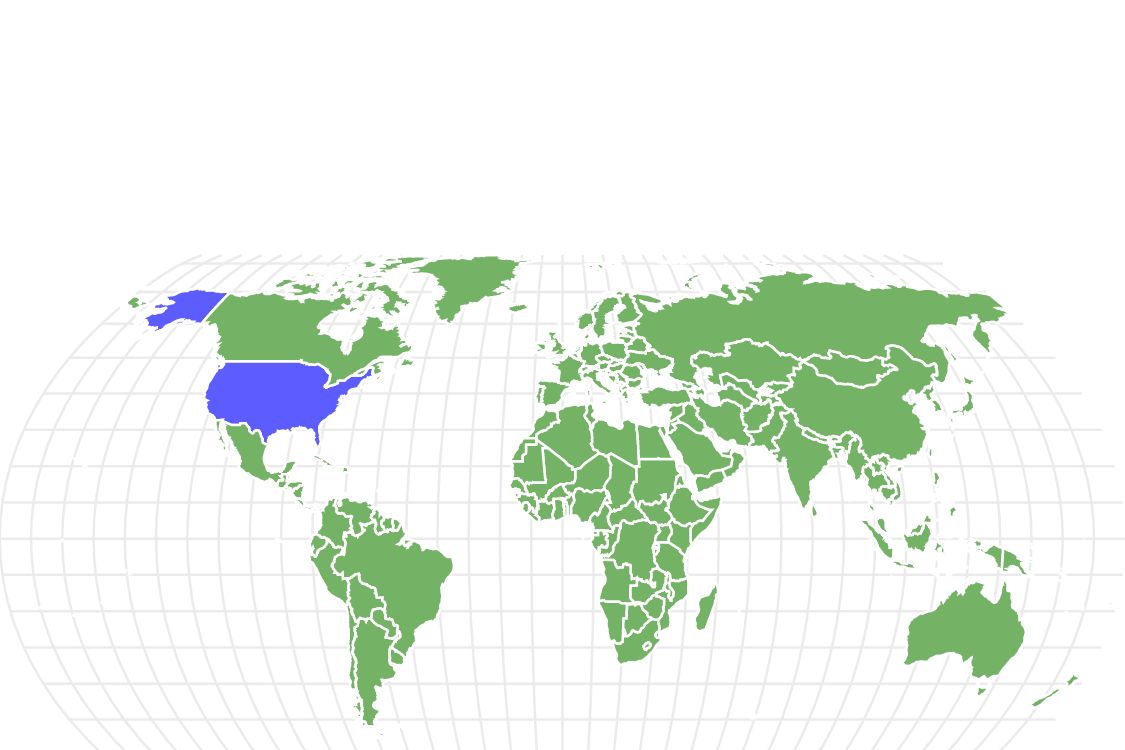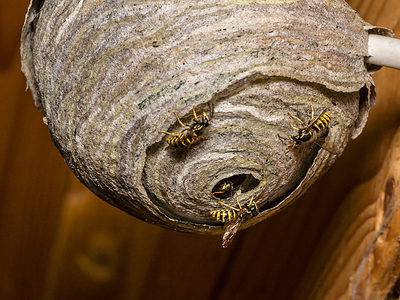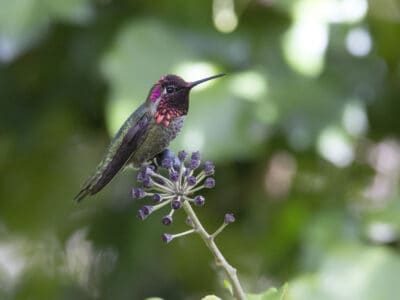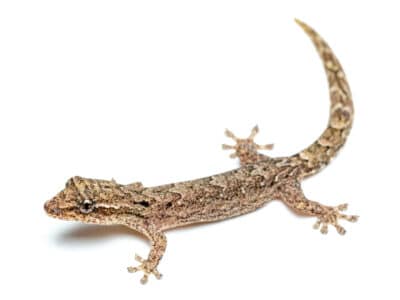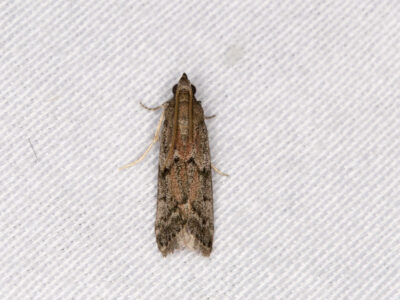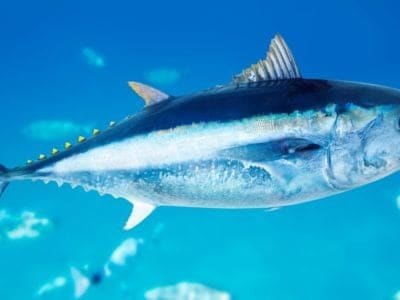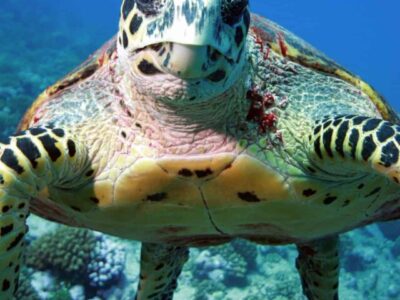Kelp Greenling
Hexagrammos decagrammus
Male Kelp Greenlings participate in an unusual mating ritual by fertilizing eggs in the nests of other males.
Advertisement
Kelp Greenling Scientific Classification
- Kingdom
- Animalia
- Phylum
- Chordata
- Class
- Actinopterygii
- Order
- Scorpaeniformes
- Family
- Hexagrammidae
- Genus
- Hexagrammos
- Scientific Name
- Hexagrammos decagrammus
Read our Complete Guide to Classification of Animals.
Kelp Greenling Conservation Status
Kelp Greenling Facts
- Group Behavior
- Solitary
- Fun Fact
- Male Kelp Greenlings participate in an unusual mating ritual by fertilizing eggs in the nests of other males.
- Diet
- Omnivore
Kelp Greenling Physical Characteristics
- Color
- Brown
- Yellow
- Red
- Orange
- Skin Type
- Scales
- Lifespan
- 18-25 years
- Age of Sexual Maturity
- age 2 and 4
View all of the Kelp Greenling images!
The kelp greenling is a species of fish that inhabits kelp beds and sand bottoms in the rocky nearshore regions of the northern Pacific. They consume small fish, mollusks, crustaceans, polychaete worms, and brittle stars. Large predators like Ling cod and halibut eat the young. Divers frequently obtain them by spears, hook, and line fishing from shore or a boat.
Kelp Greenling Fun Facts
- The Greek terms hex, which means “six,” gramma, which means “line,” and deca, which means “ten,” are where the scientific name of the kelp greenling comes from.
- This fish species is one of the few fish with five lateral lines on each side.
- The kelp greenling inhabits rocky bottoms and kelp beds at depths of up to 150 feet.
- Male kelp greenlings participate in an unusual mating ritual by fertilizing eggs in the nests of other males.
- Aleut Indians called these fish idyajuk; their Indian tribes place a high value on them.
Classification and Scientific Name
The kelp greenling, known as Hexagrammos lagocephalus, belongs to the Actinopterygii family of fishes, also known as ray-finned fishes. Overall, greenlings have been distinguished by traits including thin scales, long dorsal fins, and strong jaw teeth.
Kelp Greenling Species
Although the kelp greenling and rock greenling are closely related, the greenling fish includes the painted greenling, rock greenling, and white-spotted greenling species.
Appearance
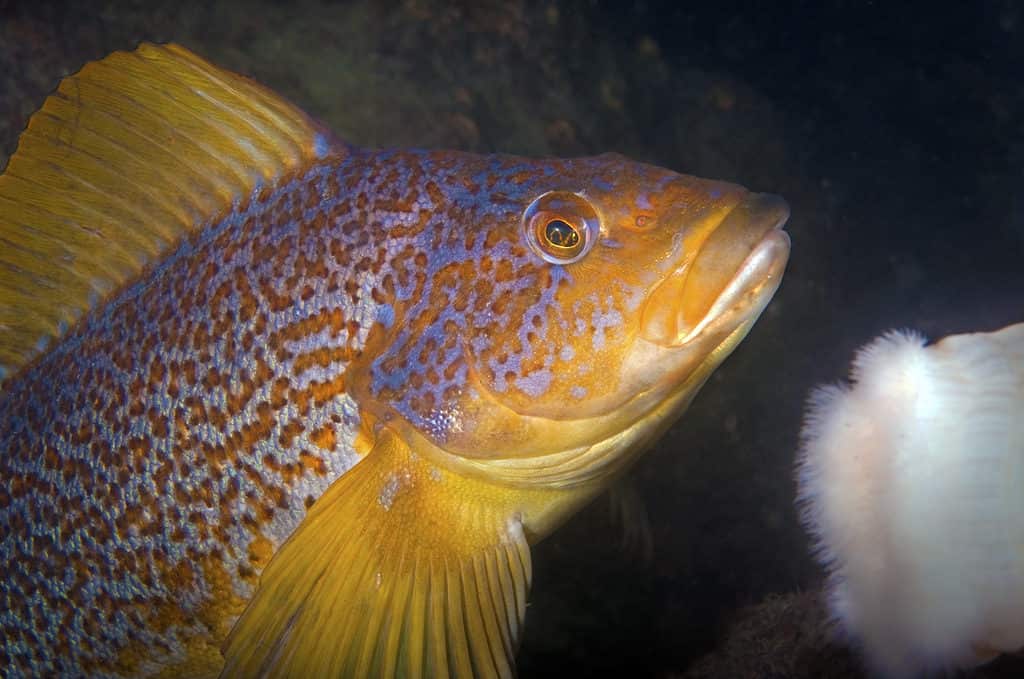
A male kelp greenling.
©Greg Amptman/Shutterstock.com
The small red-brown to golden patches that cover the female kelp greenling’s body stands out against the grey or brown backdrop. The majority of the fins are orange-yellow in hue. The anterior half to two-thirds of the body of a male kelp greenling can be covered with sporadic blue spots ranging from grey to brown-olive.
Inside their lips, both sexes have a yellowish hue. In addition, they display two pairs of cirri, one over each eye and the other shows on top of their heads, as well as the five lateral stripes on each side of their bodies can be used to identify them. Both males and females can weigh 2-5 pounds and have a body length of 15-24 inches.
Kelp Greenling Distribution and Habitat
Parts of Central and Northern California are frequent locations for kelp greenlings. In addition, they are abundant in the sea from La Jolla to Attu Island in Alaska.
Sandy bottoms, shallow seas, and coastal locations make up the preferred habitat of this type of fish. However, they like chilly, deep waters, particularly in southern California, where these fish are typically located on 150-foot-deep kelp beds.
Kelp Greenlings Predators and Prey
What kelp greenlings eat are crustaceans, brittle stars, mollusks, and whatever little fish they can find in the bottom depths of the ocean. Huge predators of marine mammals like lingcod and halibut find kelp greenlings very appetizing. Not only is this fish exposed to predators in the ocean, but they also have seabirds that dive into the water and devour them from the surface.
Kelp Greenling Reproduction and Lifespan
Male greenlings are sexually mature at the age of two, and females by the age of four. Fall and winter are when females spawn. During each spawning season, females can lay at least three clutches of blue eggs.
The male greenling protects the egg masses from predators and frequently fans the eggs. The male ensures that the eggs get enough oxygen after the female greenlings have laid their eggs. Surprisingly, Males select the nesting location and persuade several females to spawn their eggs there so the male can fertilize them.
Kelp Greenlings in Fishing and Cooking
Its recommended that anglers catch the kelp greenling from the shore using a hook and line. When a tide is coming in, it is advisable to cast a line close to regions where the current breaks, such as the base of kelp forests, pilings, seawalls, or rocky shorelines. Anglers can use an abrasion-resistant fusion line with a medium spinning tackle to catch these fish.
Bait options include clams, shrimp, mussels, worms, squid, and small bits of fish. Additionally, fishermen might use feathered jigs with squid as the tip. Although these fish have a lot of fight in them because they tend to resist anglers’ lines and tangle them in kelp, kelp greenlings are challenging to land. The south jetty in Eureka in northern California is the greatest place to catch kelp greenlings, making them one of the most popular catches for an average fisherman.
The greenling fish is one of the tastiest fishes of its kind to eat when cooked and added to various meals. Their meat is flaky and delicate, slightly resembling the flavor of trout. The only downfall to preparing this fish is the tedious removal of deboning the fish, which is necessary because the bones are small and sharp and may be harmful if swallowed.
Related Animals…
View all 77 animals that start with KKelp Greenling FAQs (Frequently Asked Questions)
How big is a greenling?
Both males and females can weigh 2-5 pounds and have a body length of 15-24 inches.
What do kelp greenlings eat?
They consume small fish, mollusks, crustaceans, polychaete worms, and brittle stars.
Where can kelp greenlings be found?
This fish inhabits kelp beds and sand bottoms in the rocky nearshore regions of the northern Pacific.
Thank you for reading! Have some feedback for us? Contact the AZ Animals editorial team.
Sources
- Central Coast Biodiversity, Available here: https://www.centralcoastbiodiversity.org/kelp-greenling-bull-hexagrammos-decagrammus.html
- CDFW Marine, Available here: https://cdfwmarine.wordpress.com/2019/07/15/creature-feature-kelp-greenling-and-rock-greenling/
- Oregon Fishing Info, Available here: https://oregonfishinginfo.com/Greenling.html

